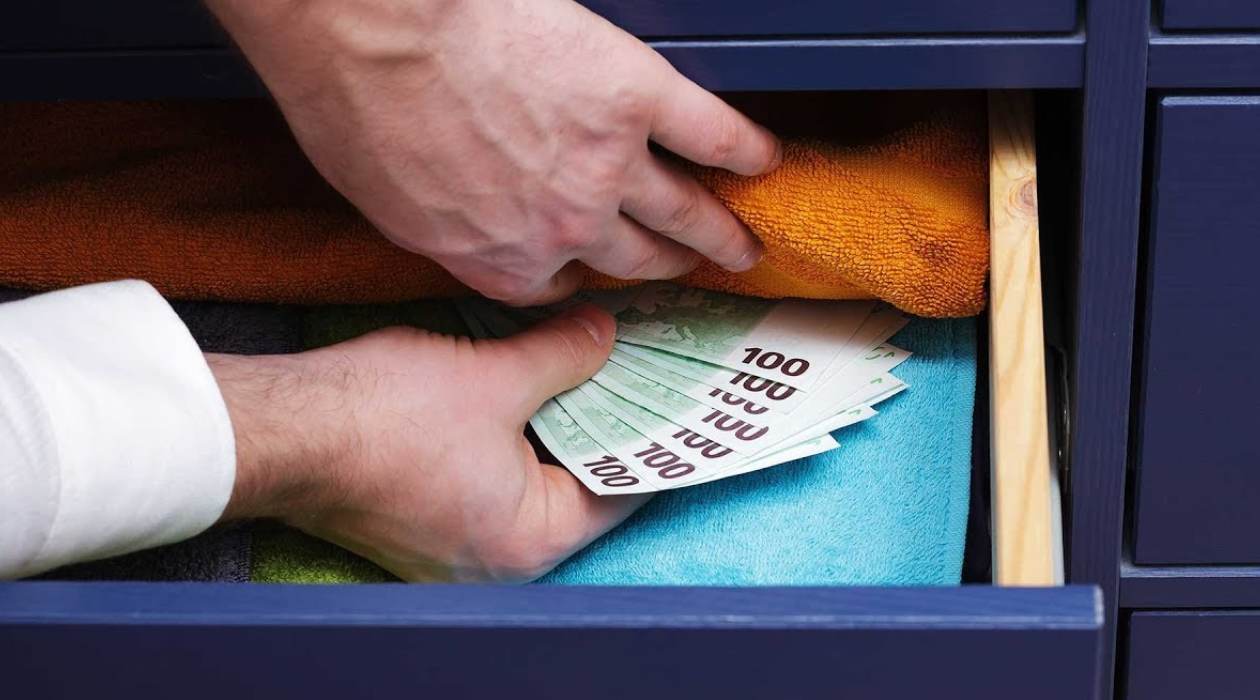

Articles
How To Store Money In A Safe Without Mold
Modified: January 6, 2024
Learn how to store your money in a safe without worrying about mold with these informative articles.
(Many of the links in this article redirect to a specific reviewed product. Your purchase of these products through affiliate links helps to generate commission for Storables.com, at no extra cost. Learn more)
Introduction
When it comes to keeping our hard-earned money safe, we often think of traditional options like banks and lockboxes. However, with the rise of home security concerns and the need for quick access to cash, many people are turning to safes as a convenient and secure way to store their money.
Although safes offer a level of protection against theft and unauthorized access, there is one potential threat that is often overlooked – mold. Mold can easily grow and thrive in damp environments, causing extensive damage to not only the money stored inside but also the integrity of the safe itself.
In this article, we will explore the importance of storing money safely, the factors contributing to mold growth, and how to choose and prepare a safe to minimize the risk of mold. Additionally, we will provide tips for preventing mold in a safe and recommend some products that can aid in mold prevention.
By understanding the potential risks and taking the necessary precautions, you can ensure that your money remains safe and free from the damaging effects of mold.
Key Takeaways:
- Safely store money in a mold-resistant safe by choosing the right type, size, and material. Prepare the safe with proper ventilation, moisture-absorbing products, and regular maintenance to prevent mold growth and protect your hard-earned cash.
- Prevent mold in your safe by controlling humidity levels, avoiding extreme temperature fluctuations, and using recommended products like silica gel packets and dehumidifiers. Prioritize mold prevention to ensure the safety and longevity of your stored money and the safe itself.
Read more: How To Store Money In A Safe
Importance of Storing Money Safely
Keeping your money safe is not just about protecting it from theft, but also safeguarding it from potential damage. Storing money in a safe not only provides peace of mind but also ensures that your hard-earned cash remains intact and accessible when needed. Here are some key reasons why storing money safely is of utmost importance:
- Protection against theft: Safes offer a secure storage solution that deters thieves and unauthorized individuals from accessing your money. With various locking mechanisms and advanced security features, modern safes provide a high level of protection against theft.
- Quick access to cash: Having a safe at home allows you to have immediate access to your money whenever you need it. This is particularly beneficial during emergencies or situations where you require cash on short notice.
- Preservation of currency’s value: Storing money in a safe helps maintain its physical condition and prevents damage that can devalue the currency. Without proper protection, banknotes can easily deteriorate due to exposure to moisture, sunlight, or other elements.
- Privacy and confidentiality: Storing your money at home in a safe offers a higher level of privacy compared to depositing it in a bank. You have full control over who has access to your money, ensuring your financial matters remain private.
- Protection from natural disasters: In the unfortunate event of a fire, flood, or other natural disasters, a safe provides an additional layer of protection for your money. It can prevent your cash from getting destroyed or lost amidst the chaos.
By storing your money safely, you not only enhance its security but also maintain its value and accessibility. It is crucial to prioritize the protection of your financial assets and take proactive measures to safeguard them from potential threats.
Factors Contributing to Mold Growth
Mold growth is a common problem that can occur in safes if the necessary precautions are not taken. Understanding the factors that contribute to mold growth is essential in preventing its development and protecting the money stored in the safe. Here are some key factors that promote mold growth:
- Humidity: High levels of humidity create a favorable environment for mold spores to thrive. If the air inside the safe is damp or humid, it can provide the ideal conditions for mold growth.
- Inadequate ventilation: Poor airflow and lack of proper ventilation contribute to the accumulation of moisture inside the safe, increasing the risk of mold growth.
- Leakage: Water leaks or seepage into the safe can introduce moisture, which creates a conducive environment for mold growth.
- Condensation: If there are temperature fluctuations inside the safe, condensation can occur and create moisture that encourages mold growth.
- Organic materials: Mold feeds on organic materials such as paper, fabric, or leather. If these materials are stored inside the safe alongside money, they can provide a food source for mold spores, accelerating its growth.
- Poor maintenance: Neglecting the regular cleaning and maintenance of the safe can lead to the accumulation of dust, debris, and potential moisture, creating an environment conducive to mold growth.
It is important to note that even a small amount of mold growth can lead to significant damage to the money stored in the safe, as well as compromise the integrity of the safe itself. Therefore, it is crucial to address these contributing factors and take proactive measures to prevent mold growth inside the safe.
In the next sections, we will discuss how to choose the right safe and prepare it to minimize the risk of mold. It is essential to create a safe environment to protect your money and preserve its value over time.
Choosing the Right Safe
Choosing the right safe is crucial in providing optimal protection for your money while minimizing the risk of mold growth. Here are some factors to consider when selecting a safe:
- Type of safe: Determine the type of safe that suits your needs. Common options include fireproof safes, waterproof safes, and combination safes. Fireproof and waterproof safes are particularly beneficial in protecting your money from both mold and other types of damage.
- Size and capacity: Consider the amount of money you intend to store in the safe and choose a size that can accommodate your needs. It is important to leave enough space inside the safe for proper airflow and ventilation.
- Material: Opt for a safe made from materials that are resistant to moisture and mold, such as steel or other corrosion-resistant alloys.
- Locking mechanism: Look for a safe with a reliable and secure locking mechanism, such as a digital keypad, biometric lock, or combination lock. These types of locks minimize the risk of unauthorized access and ensure the safe remains tightly sealed.
- Additional features: Consider additional features that can enhance the safety and protection of your money, such as interior shelves for better organization, interior lighting for visibility, or bolt-down capabilities to secure the safe to the floor or wall.
- Brand reputation: Research and choose reputable brands known for producing high-quality, reliable safes. Reading reviews and seeking recommendations can help you make an informed decision.
It is also important to consult with a professional locksmith or safe expert who can guide you in selecting the right safe based on your specific requirements and budget.
By choosing the right safe, you can ensure that your money is stored in a secure and protected environment, minimizing the risk of mold growth and potential damage.
To prevent mold in a safe, use silica gel packets to absorb moisture. Place them inside the safe to keep the environment dry and prevent mold growth.
Preparing the Safe for Money Storage
Properly preparing the safe before storing money inside is vital in creating a mold-resistant environment. Here are some steps to follow when preparing the safe for money storage:
- Clean the safe: Before placing money inside, thoroughly clean the interior of the safe to remove any dust, debris, or potential mold spores. Use a damp cloth or mild cleaning solution, ensuring that the safe is dry before proceeding.
- Ensure proper ventilation: Adequate airflow and ventilation inside the safe are crucial in preventing moisture buildup. If the safe has ventilation holes or slots, ensure they are not blocked or obstructed.
- Use moisture-absorbing products: Place moisture-absorbing products, such as silica gel packets or desiccant bags, inside the safe. These products help absorb excess moisture, reducing the risk of mold growth.
- Avoid storing damp items: Don’t store any items with existing dampness or moisture inside the safe. Be cautious with wet towels, wet clothes, or any other items that can introduce moisture into the safe environment.
- Consider using an airtight container: To provide an additional layer of protection, consider using airtight containers or ziplock bags to store your money inside the safe. This can help prevent moisture from seeping into the cash.
- Regularly inspect and maintain the safe: Periodically inspect the safe for any signs of damage or moisture. Ensure that the locking mechanism is functioning correctly and that there are no leaks or cracks that could allow moisture to enter.
By following these steps, you can create a safe environment inside the safe that minimizes the risk of mold growth and preserves the integrity of your stored money.
However, it is essential to note that prevention is key. Taking proactive measures to prevent mold growth in the safe is equally important. In the next section, we will discuss some valuable tips for preventing mold in a safe.
Read more: How To Store Money Without A Bank
Tips for Preventing Mold in a Safe
Mold growth can be prevented by implementing a few simple yet effective measures. By following these tips, you can minimize the risk of mold development and ensure the safety of your stored money:
- Control humidity levels: Maintain the humidity level inside the safe between 40% and 50%. Using a hygrometer can help monitor and regulate the humidity levels effectively.
- Keep the safe in a dry location: Position the safe in an area of your home that is dry and well-ventilated. Avoid placing it in damp or humid areas, such as basements or bathrooms, as these can promote mold growth.
- Avoid extreme temperature fluctuations: Fluctuations in temperature can lead to condensation, which promotes moisture buildup. Keep the safe in an area where the temperature remains relatively stable.
- Regularly open and inspect the safe: Open the safe periodically to ensure proper ventilation and to visually inspect for any signs of mold or moisture. If you spot any potential issues, address them promptly.
- Store money in sealed containers: Consider using sealed plastic bags or containers to store your money inside the safe. This provides an extra layer of protection, preventing direct contact between the money and the safe’s interior surfaces.
- Avoid overstuffing the safe: Overpacking the safe can restrict airflow and increase the chances of moisture accumulation. Ensure there is enough space inside the safe for proper ventilation.
- Keep the safe clean: Regularly clean the interior of the safe to remove any dust or debris that could contribute to mold growth. Use a mild cleaning solution and ensure the safe is thoroughly dry before closing it.
- Use mold-resistant products: Consider using mold-resistant materials, such as anti-mold fabric or paper, inside the safe. These materials are designed to inhibit mold growth and can offer an extra layer of protection.
Following these tips will help create a mold-resistant environment inside the safe, ensuring the integrity of your stored money and prolonging the life of the safe itself.
Additionally, there are certain recommended products that can aid in mold prevention inside the safe, which we will discuss in the next section.
Recommended Products for Mold Prevention
Several products are available in the market that can help prevent mold growth inside your safe. These products work by absorbing moisture, creating a dry environment that inhibits the growth of mold spores. Here are some recommended products for mold prevention:
- Silica gel packets: Silica gel is a desiccant that effectively absorbs moisture from the surrounding air. Placing silica gel packets inside the safe can help reduce humidity levels and prevent mold growth.
- Dehumidifiers: Dehumidifiers are electronic devices designed to remove moisture from the air. A small, portable dehumidifier placed inside the safe can help maintain optimal humidity levels and prevent mold formation.
- Moisture absorbers: There are various moisture absorber products available, such as calcium chloride-based pouches or canisters. These products actively absorb excess moisture in the surrounding environment, including inside the safe.
- Anti-mold spray or solution: Anti-mold sprays or solutions can be applied to the interior surfaces of the safe to create a protective barrier against mold growth. These products contain mold inhibitors that help prevent mold from taking hold.
- Mold-resistant fabric or paper: Consider using anti-mold fabric or paper to wrap your money or line the interior of the safe. These materials are treated with mold inhibitors and can provide an added layer of protection against mold growth.
- Activated charcoal: Activated charcoal is another effective moisture absorber that can be placed in the safe to reduce humidity levels. It works by adsorbing moisture and preventing mold formation.
It is important to note that these products should be used in conjunction with proper ventilation and regular maintenance of the safe. Additionally, be sure to follow the manufacturer”s instructions and replace or replenish the products as needed.
By using these recommended products, you can create an environment inside the safe that is inhospitable to mold growth, ensuring the safety and longevity of both your money and the safe itself.
Conclusion
Storing money in a safe is a practical and secure way to protect your hard-earned cash. However, it is important to be aware of the potential threat of mold growth that can damage both your money and the integrity of the safe. By understanding the factors contributing to mold growth and taking proactive measures, you can minimize the risk and create a mold-resistant environment inside the safe.
Choosing the right safe is the first step in ensuring proper money storage. Consider factors such as type, size, material, and locking mechanism when selecting a safe that meets your needs. Additionally, prepare the safe by cleaning the interior, ensuring proper ventilation, and using moisture-absorbing products to create a dry environment.
Implementing tips for preventing mold, such as controlling humidity levels, avoiding extreme temperature fluctuations, and regularly inspecting the safe, can further minimize the risk. Storing money in sealed containers and keeping the safe clean are also important preventive measures.
Recommended products, such as silica gel packets, dehumidifiers, and anti-mold sprays, can aid in mold prevention. These products help absorb moisture and create a hostile environment for mold to grow.
By prioritizing mold prevention, you can ensure the safety and preservation of your money, as well as the longevity of the safe. Regular maintenance and monitoring of the safe are crucial in preventing mold growth and addressing any potential issues promptly.
Remember, prevention is key. By taking the necessary precautions and implementing the recommended practices, you can store your money in a safe without the worry of mold damage. Keep your money secure, accessible, and free from the detrimental effects of mold, ensuring peace of mind for you and your finances.
Frequently Asked Questions about How To Store Money In A Safe Without Mold
Was this page helpful?
At Storables.com, we guarantee accurate and reliable information. Our content, validated by Expert Board Contributors, is crafted following stringent Editorial Policies. We're committed to providing you with well-researched, expert-backed insights for all your informational needs.
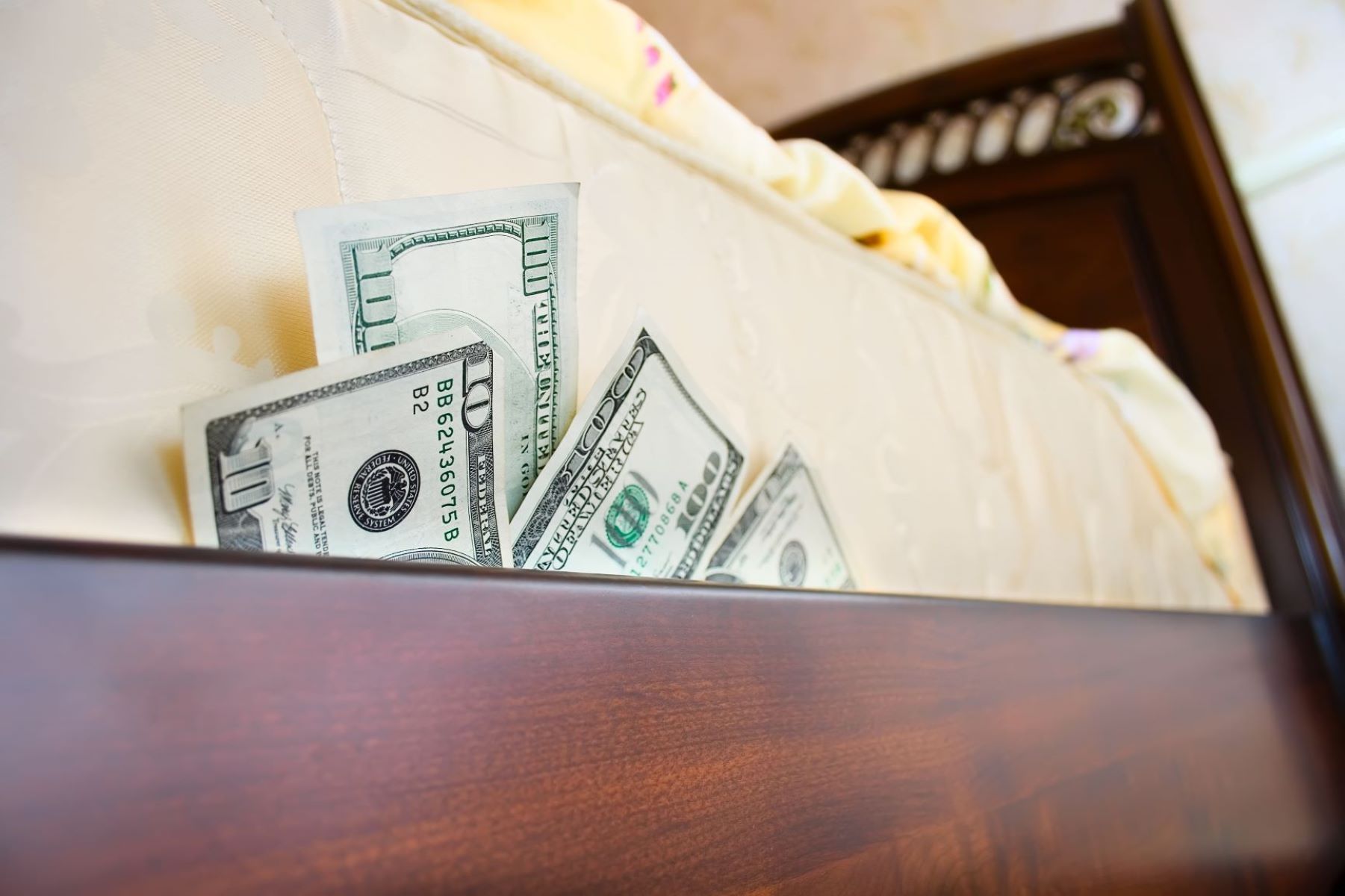
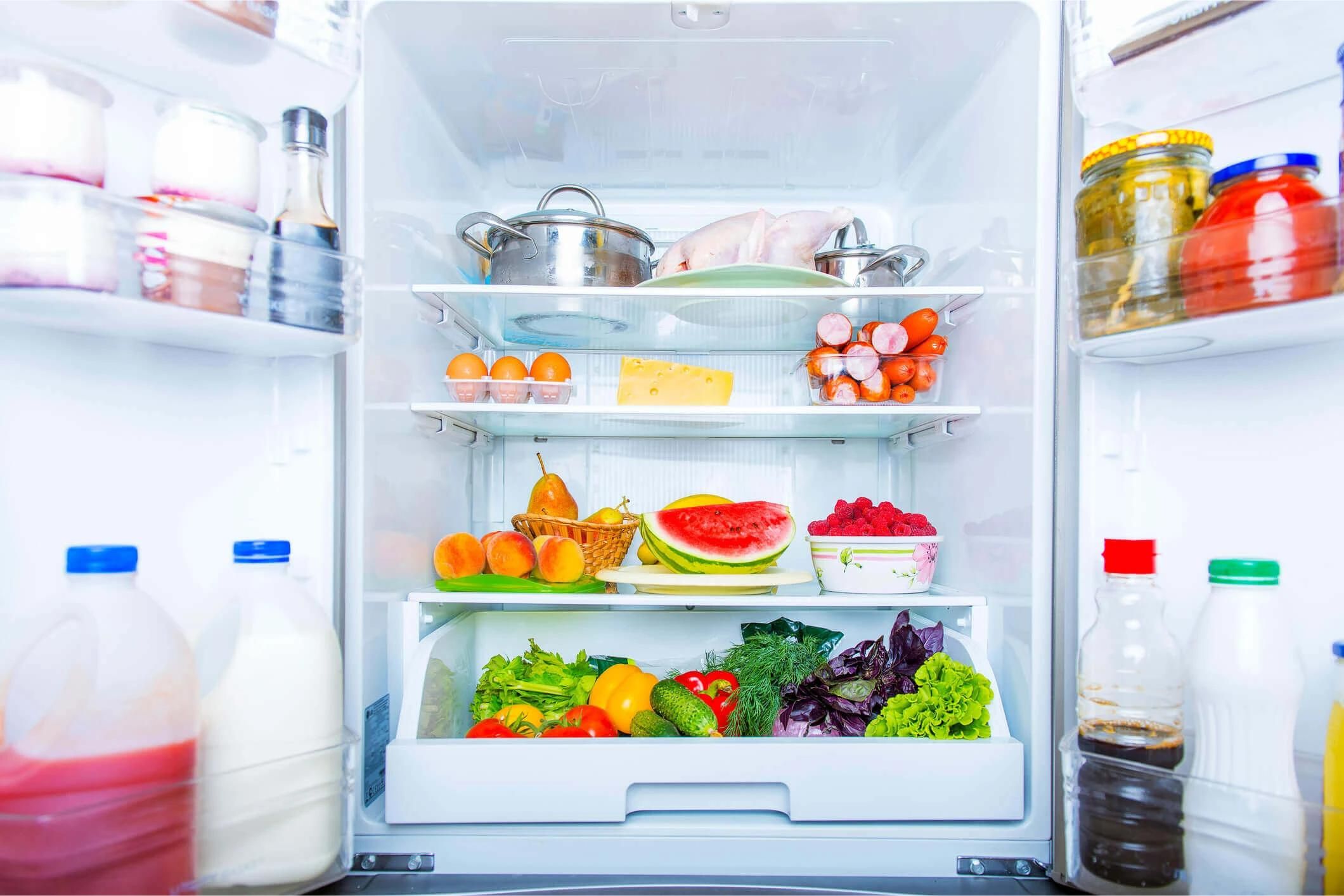
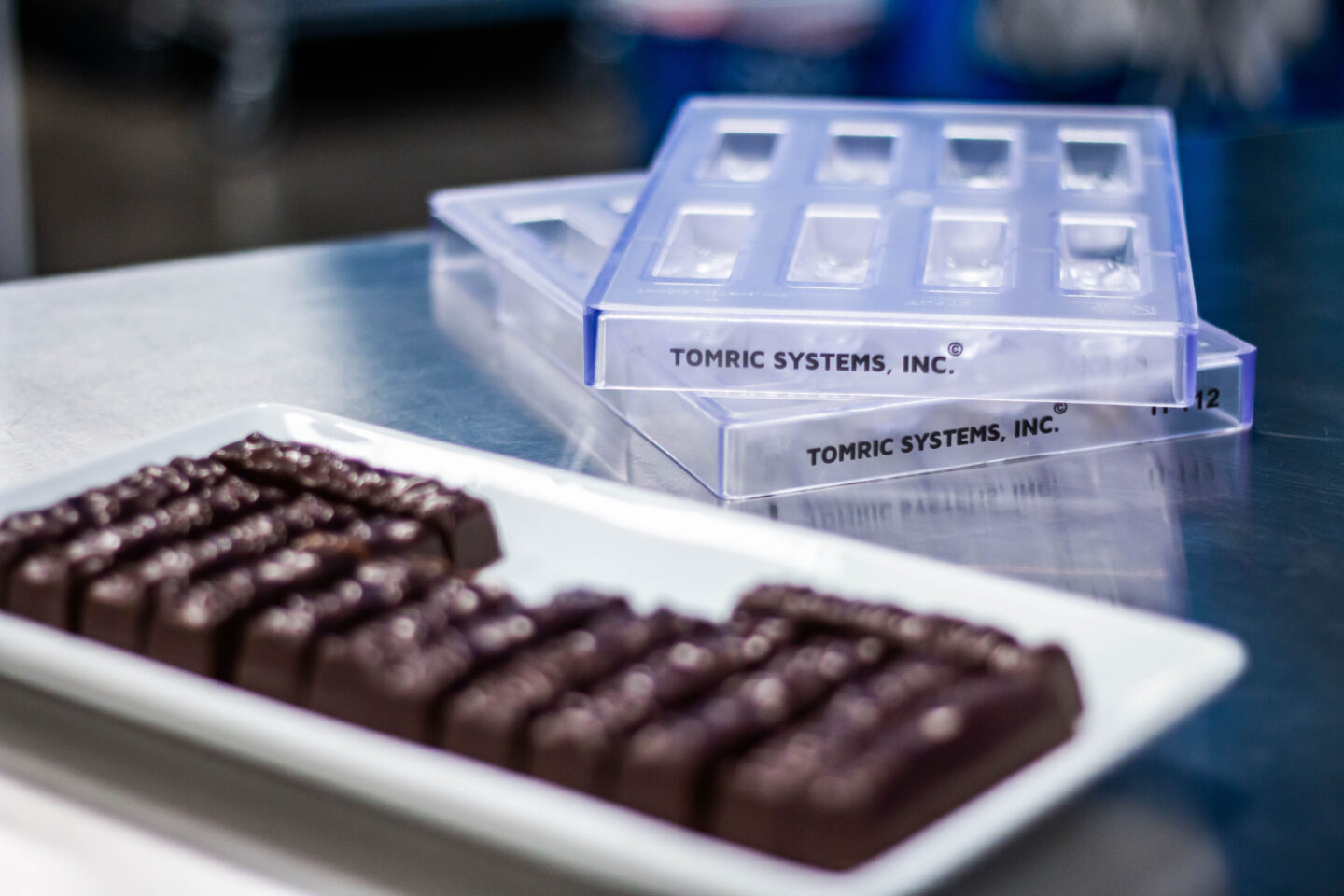
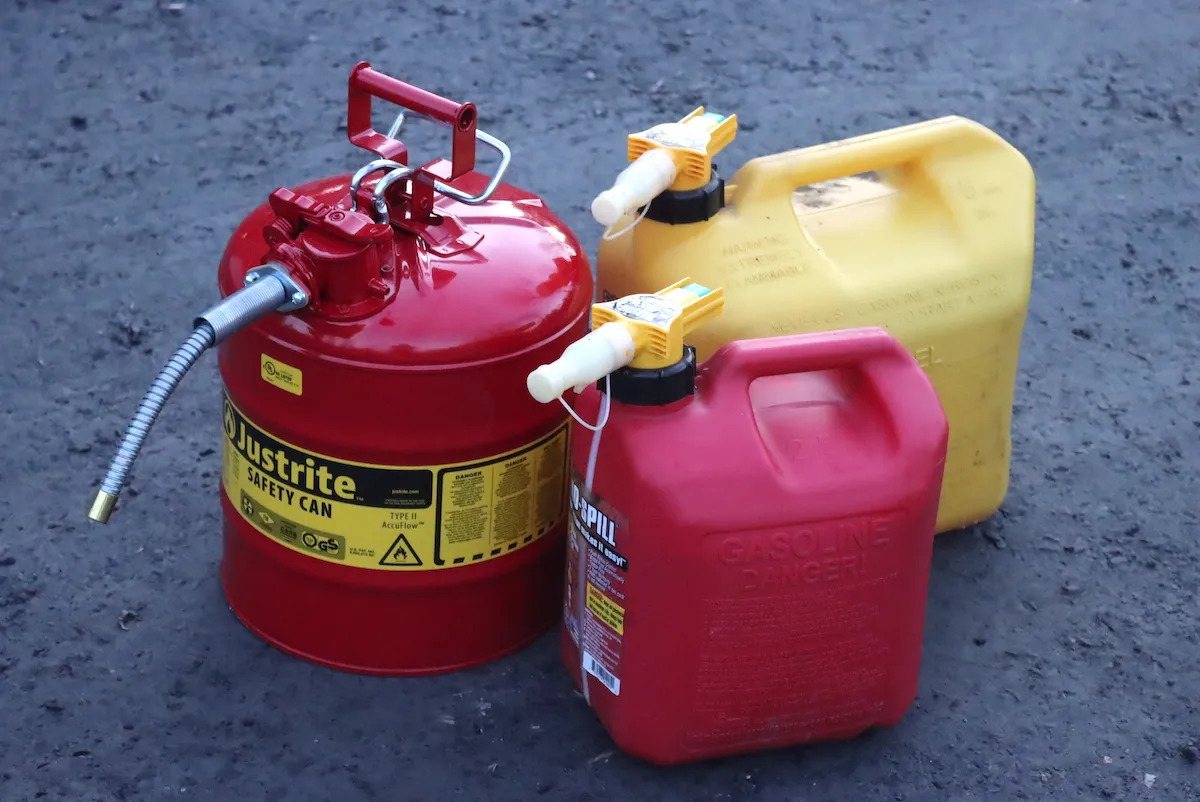
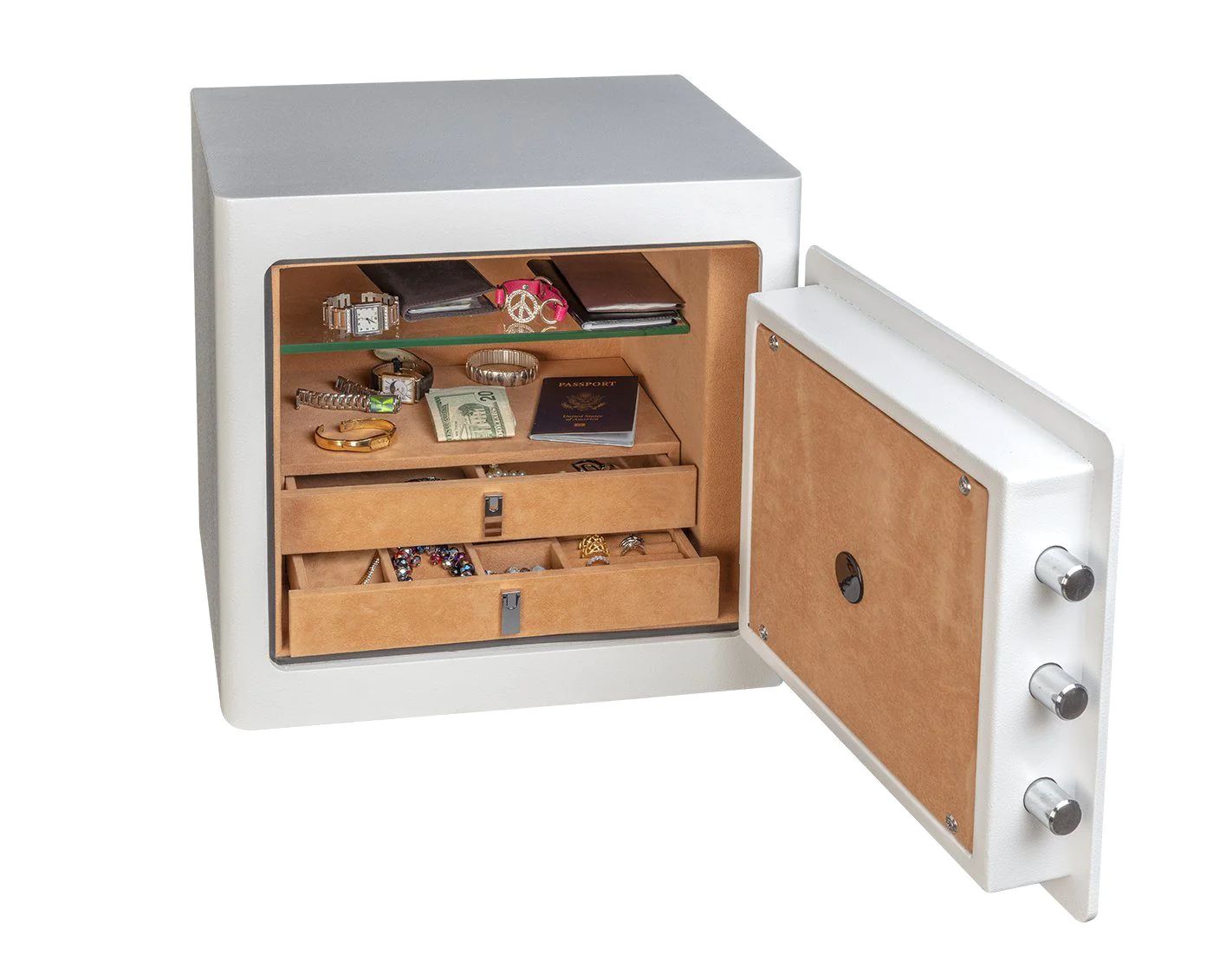
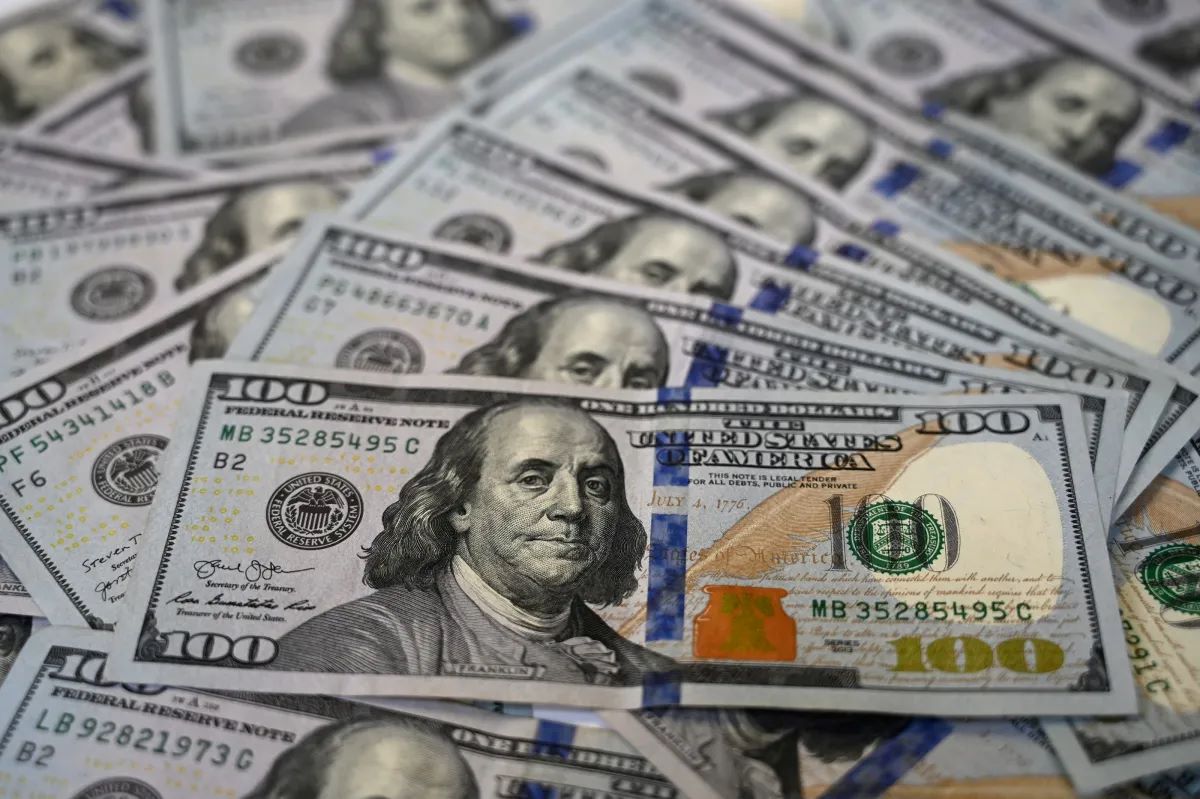
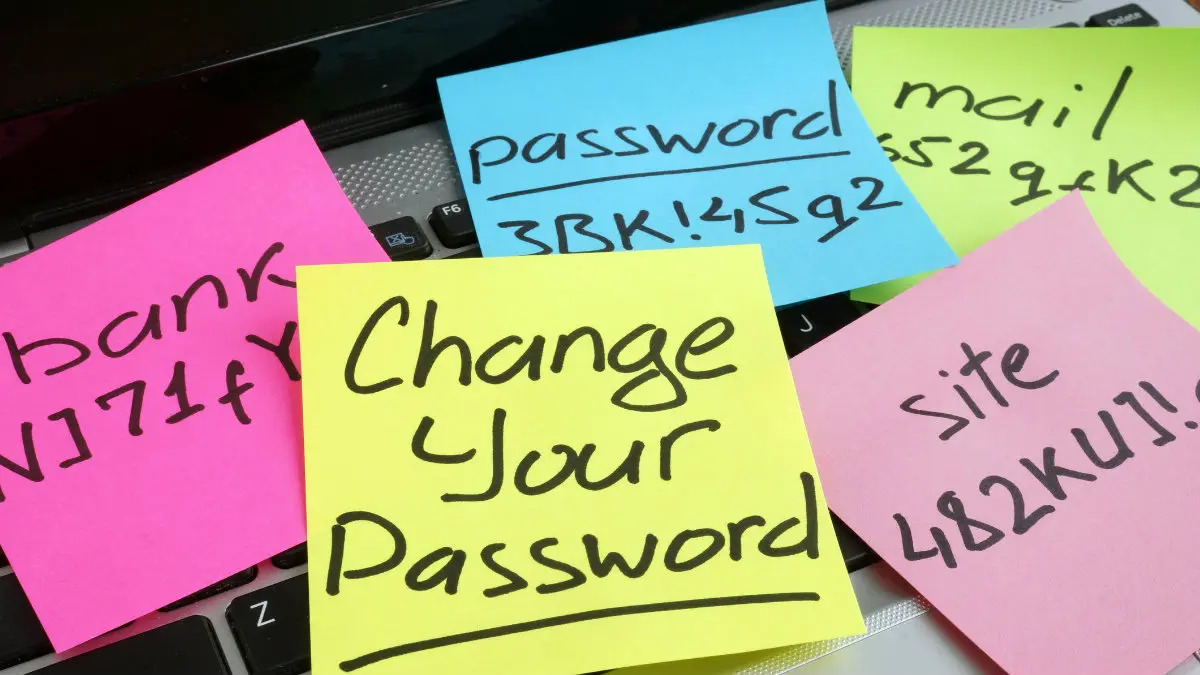
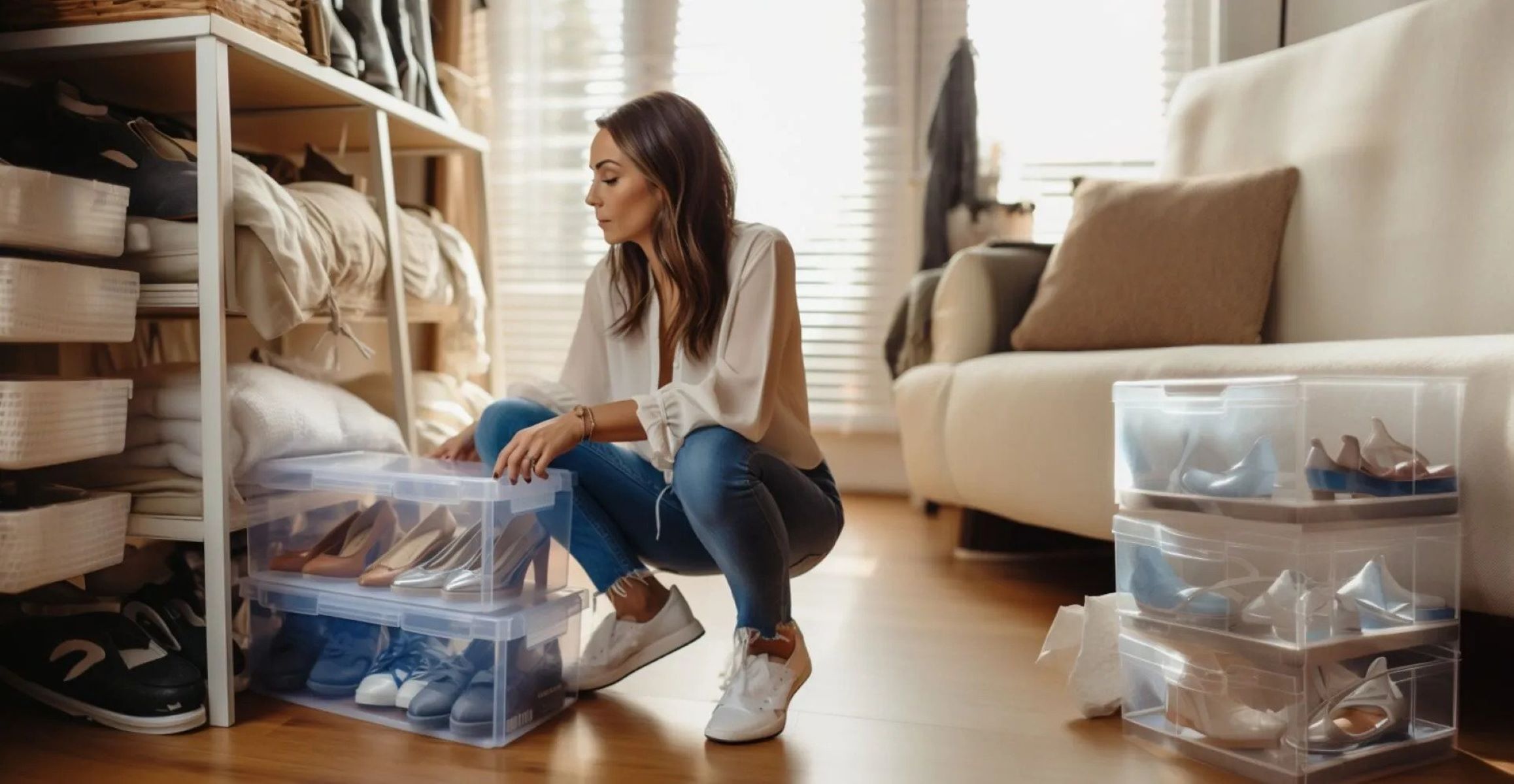
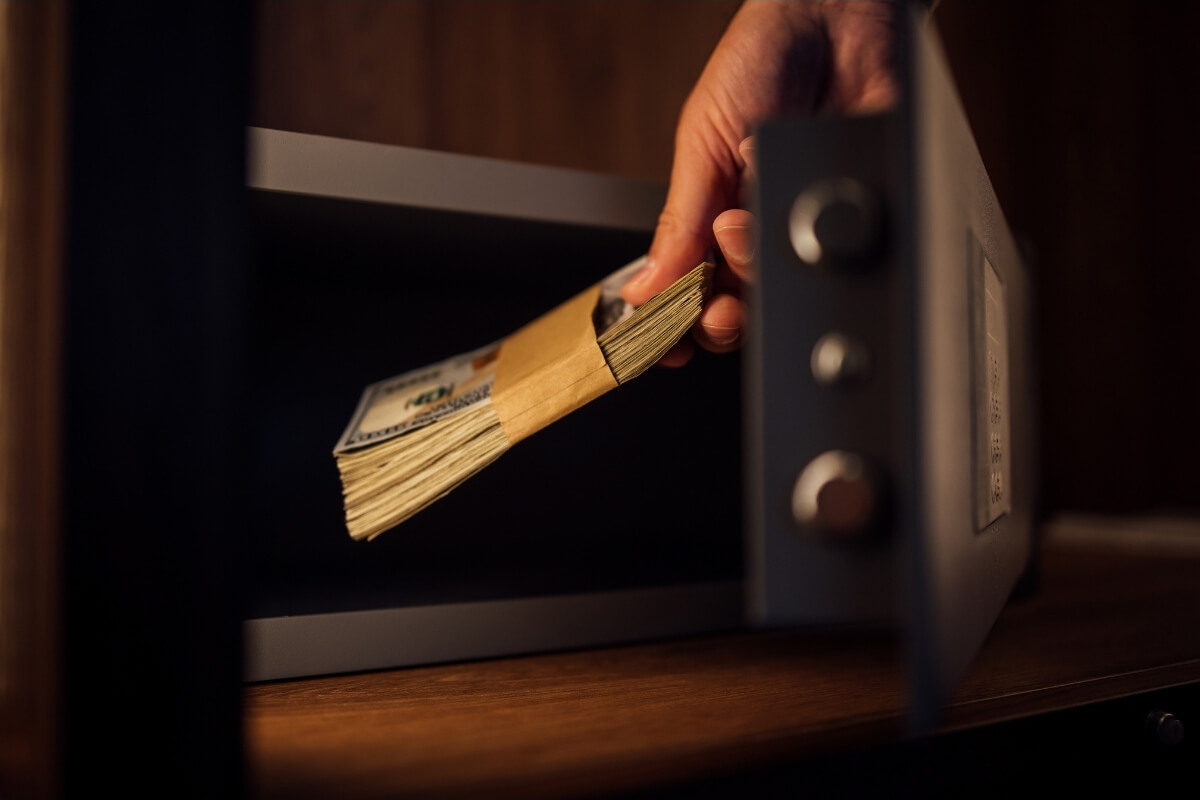
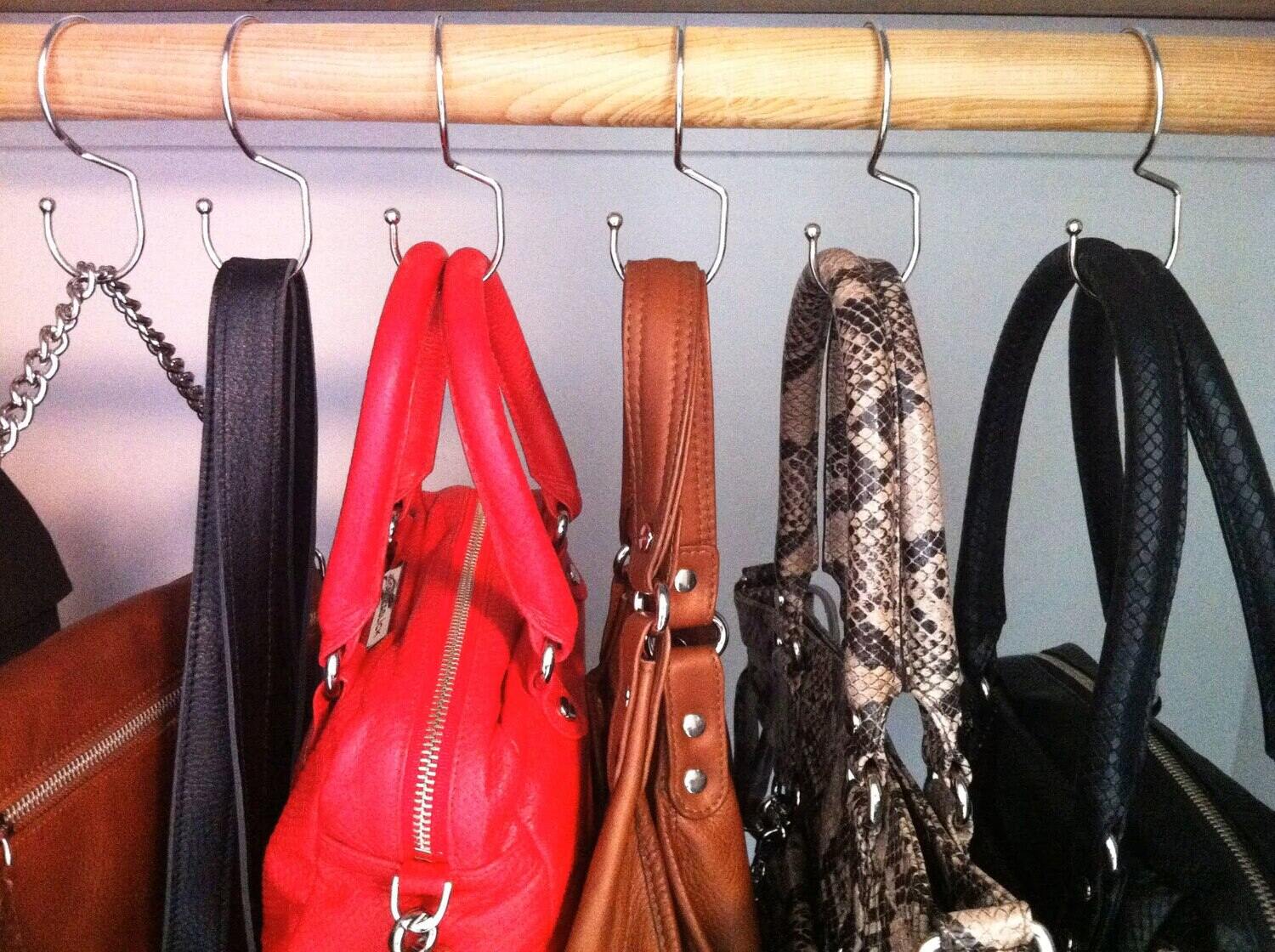
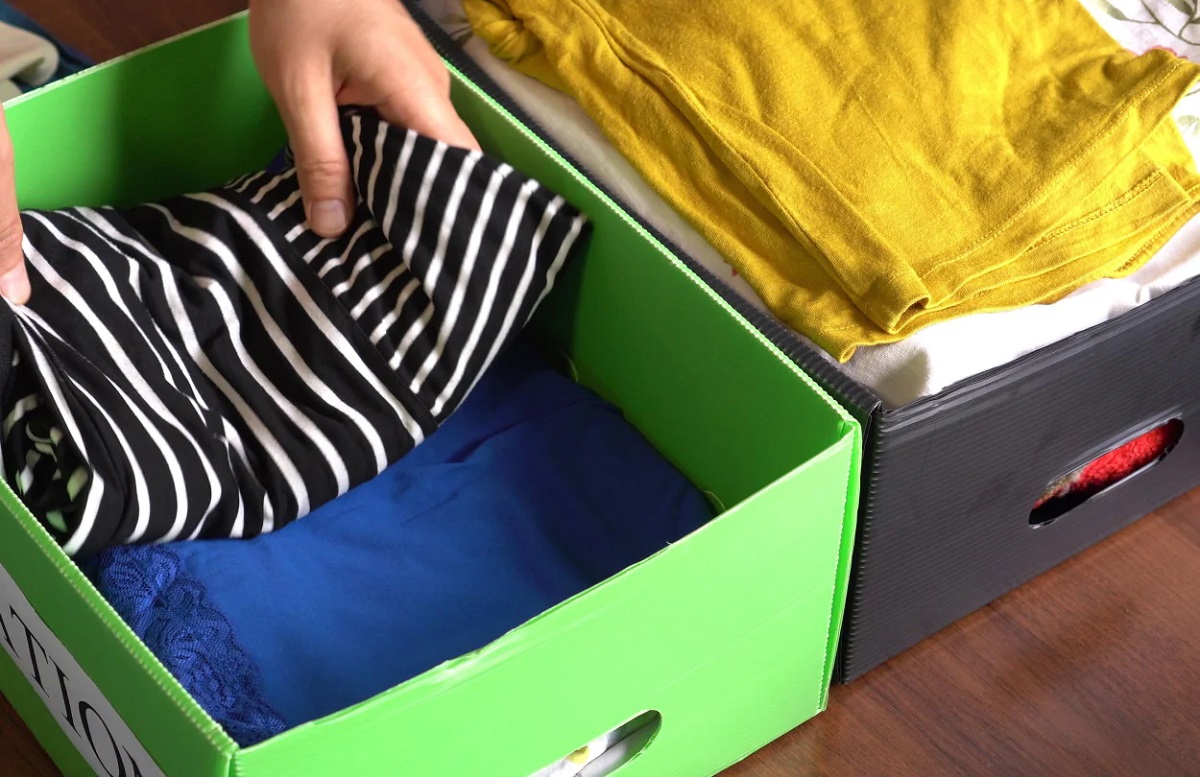
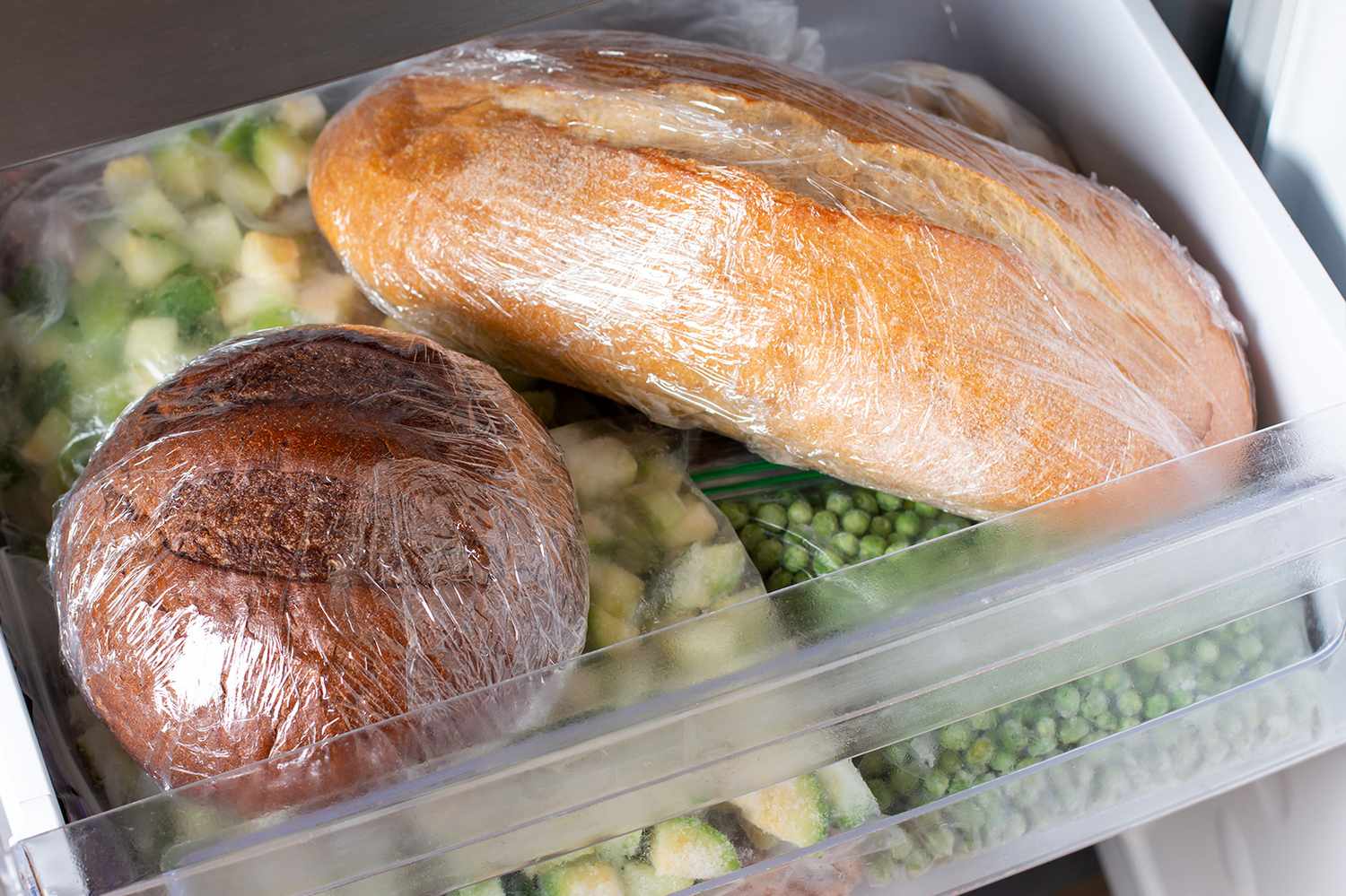
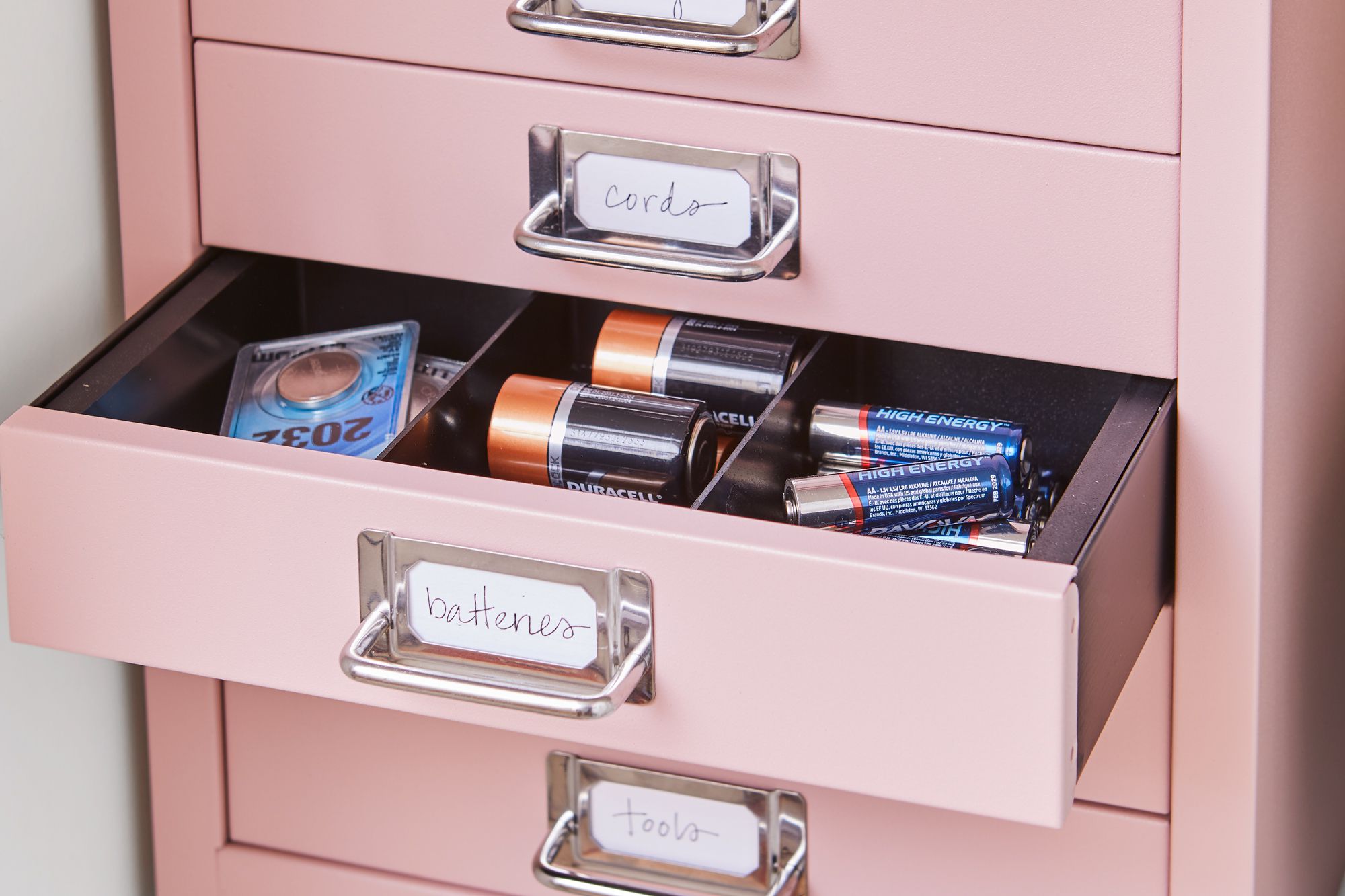

0 thoughts on “How To Store Money In A Safe Without Mold”